2013
-The gift of the Japanese Forest 2013 :salon exhibition (FR)
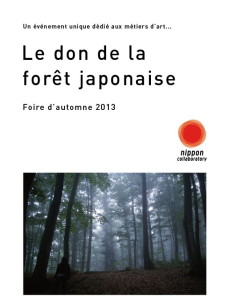
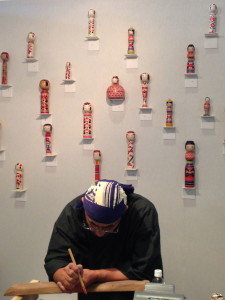
The gift of the Japanese Forest
Association nippon collaboratory exhibited in Foire d’automne 2013 which has been held at Paris expo Porte de Versailles in France since October 25th to November 3rd in 2013.
Our exposition theme was “the gift of the Japanese forest”.
We presented excellent dogwood, maple, Japanese apricot tree, cherry tree, Japanese pear tree, box, Japanese pagoda tree, oak and zelkova which grown during all seasons of the year on Japanese ground. Many visitors discovered the beauty of the bark and the traditional technique developed during a long time in the Tohoku region.
The Traditional Kokeshi was born and continued developing in the Tohoku region up to today. More than 70% of the land is covered with dense forests. It is really hot in summer and we have deep snow in winter. Inhabitants have learned how to live with nature. One of the biggest attractions of the traditional Kokeshi is that it goes well with various modern interior design. People found their favorite Kokeshi dolls and gave them to someone or displayed them in their room. The simple and beautiful presence of the Kokeshi might bring peace mind to everyone.
Organization: nippon collaboratory / Direction: Mutsumi Abe / Demonstration: Toshinari Hayasaka / Art Direction: Shinya Wakaoka / Translation: Maika Fujiwara-Harper / Management: Kenji Kataoka / Collaboration: Miyagi Dento Kokeshi Kumiai Rengokai, Naruko-onsen Bussan Kyokai, Tokyo Kokeshi Tomonokai, Atelier Kiboko, JETRO, Artsite and Tsuyoshi Tane (DGT Architects) / Thanks to Kévin Condaminas, Hirohisa Ohta and Marie-France Aubert-Ono
-Ishinomaki Street Bookshelf community :space direction (JP)
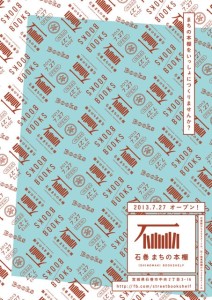
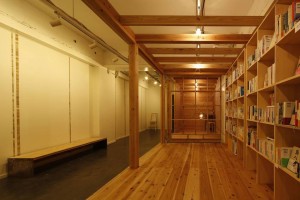
Brand Design and PR Plan: nippon collaboratory / Direction: Mutsumi Abe / Editing: Sendai TettoBunko / Art Direction: Shinya Wakaoka / Supported by Japan Society of the UK
On the Itopia street in Ishinomaki central shopping district, the former book store called “Tanshobo” was born again as a community space with public bookshelves “Ishinomaki Machi no Hondana” where anybody can spend time reading for free in July 2013.
A discussion event, a reading club meeting, a round-table talk, an exhibition and an open-air used book market might be held.
“Ishinomaki Machi no Hondana” is a small place with big potential. Even if you may say “I’m not familiay with books”, you don’t need to hesitate to join it. People who are interested in books, who wish to be familiar with books and people who wish to create their private library and so on, please visit anytime you like.
we have been practicing planning, producing, fund-raising, opening special events, working out a branding strategy and maintaining public relations since 2011. What we have looked at is bottm-up urban development.
First, we designed a concepts. There is an effective local community that can work well in desaster recovery, although there are several social issues in the histrical central district which are declining increasingly.
Then we realised connecting local cultural activities and ousides support to improve local cultural activities through the business system design.
In the end, we renovated an old bookstore as a sustainable community space to be supported by various people in and around Ishinomaki city that suffered the heviest damage in the great East Japan earthquake.
-Regional Environment Planning :environmental protection x art project (JP,FR)
information in more detail is coming soon
2012
-LE CARROUSEL des Métier d’Art et de Création (FR) :salon exhibition (FR)
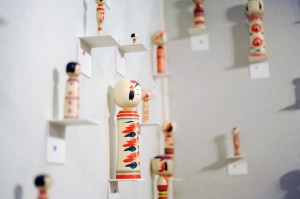
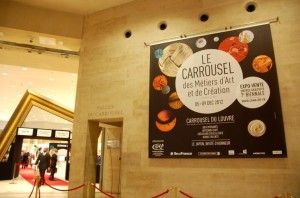
information in more detail is coming soon
-japanese Wooden Dolls Kokeshi by nippon collaboratory x NEW PEOPLE :pop-up store (US)
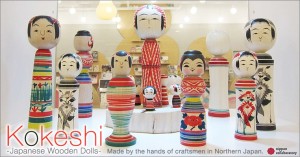

information in more detail is coming soon
2011
-Handicrafts in Japan, it’s region and material :ehxibition (JP)
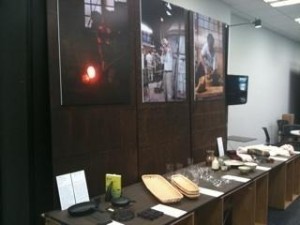
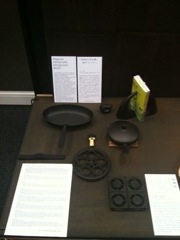
The selection was made under the theme of “Handicrafts of Japan, Its Regions and Materials”.
Various natural materials surround our lives in Japan. The best of these materials are used to create distinctive craft wares such as ceramics born out of clay, paper made from plants such as kozo, and baskets woven from bamboo. The craftsmen of these wares, while maintaining a high regard for regionalism and following cultivated experiences, continue to produce diligently. We use these craft wares that are almost works of art on a daily basis, and by using them, the wares are given life, and our lives are enriched in return.
We hope that the displayed craft works will engender interest in the regions where the crafts and materials originate.
Produce: Mutsumi Abe / Supervise: Akiko Hino / Photo: Bungo kimura / Staff: Yuki Yamazaki, Tomoko Takeyama / special thanks: LUFT Nami Makishi, Wajima Kirimoto, IwateKogyoGijyutsu Center, seikatsukogei.com
-From Kamoto shoko high school in Kumamoto, Sweet popato baker gift to Onagawa temporary shopping arcade :Aid collaboration planning(JP)
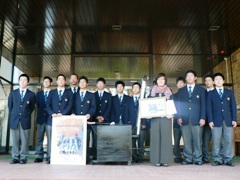
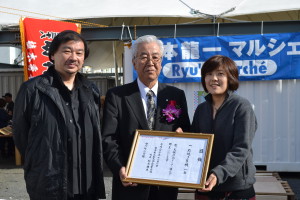
information in more detail is coming soon
